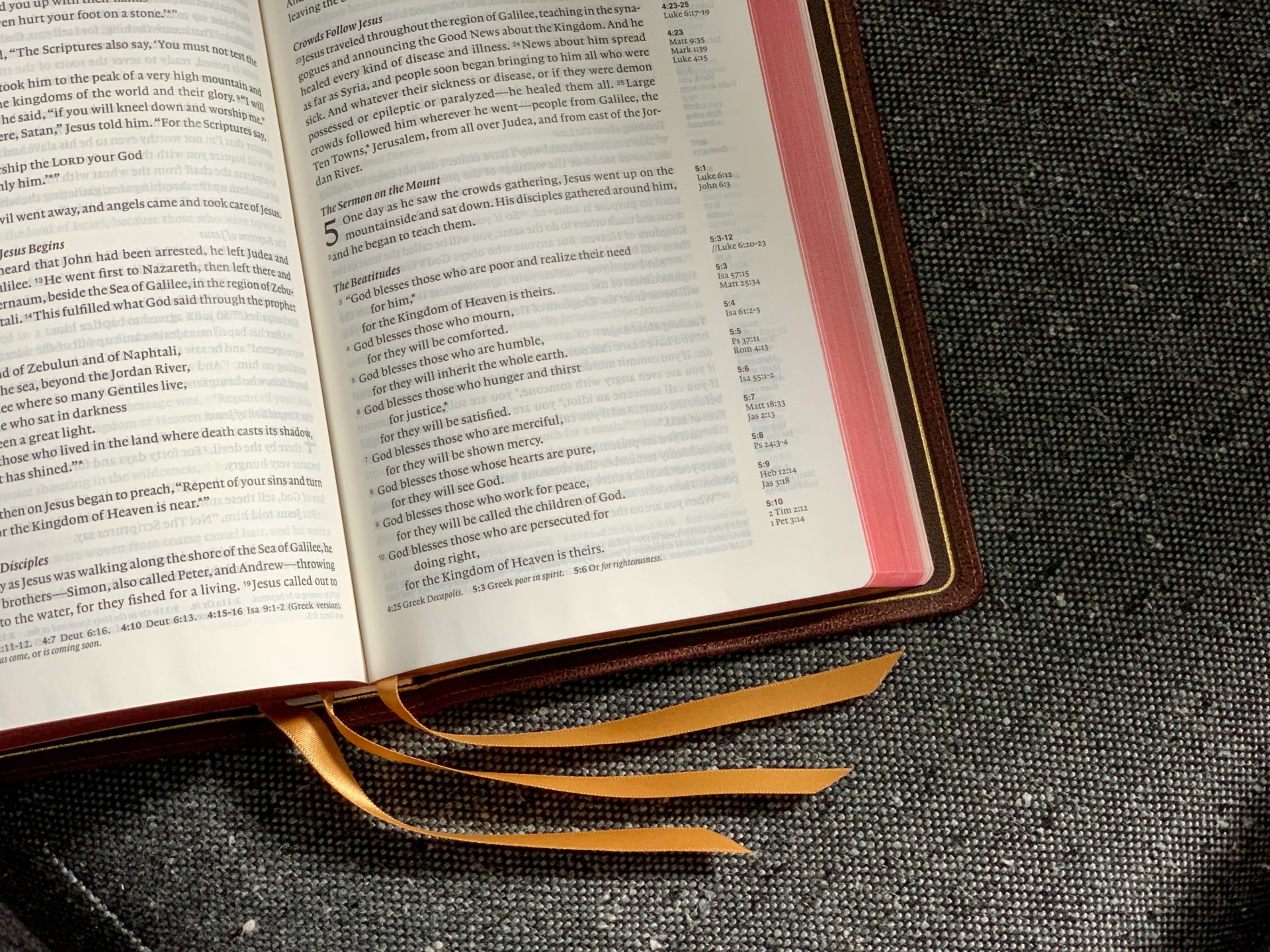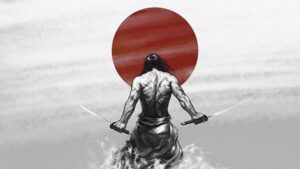Replacing a language with another language is called translation, and I would like to discuss the basic idea of translation.
Since I am Japanese, I would like to focus mainly on the relationship between Japanese and English.
Since Japanese and English have completely different structures, it seems impossible to translate them perfectly, but how can we make a good translation? What we need to consider is the structure and phonology of Japanese and English, and the religion that underlies it.
Structure
In Japanese, the subject comes first, as in English, but unlike English, the verb comes at the end of the sentence. Therefore, it is clear that Japanese people think differently when they use Japanese than when they use English. Since the way of thinking is different, it is an ordeal to make use of it. When translating English into Japanese, verbs must be added at the end, so it is natural that there is a gap between the English and Japanese way of thinking at that stage. It is necessary to translate according to the English word order. In other words, we need to find a way to translate into Japanese without reading backwards.
Since the structure itself is different, there is no need to follow periods and commas in English or punctuation marks in Japanese. Let’s get rid of the rule that because English consists of one sentence, Japanese must also consist of one sentence. This is probably the reason why Japanese tends to be longer than English. So, for example, if a sentence in English is long, it does not have to fit into one sentence when translated into Japanese. Of course, there are cases where one sentence in English becomes three sentences in Japanese. I think we need to abandon the idea that because English is one sentence, Japanese must also be one sentence.
In relation to the next point, phonology, we should also consider the nature of the language that is naturally acquired in both Japanese and English. The Japanese language has the length of words used in haiku and tanka. It is the so-called 5.7 tone or 7.7 tone. This combination of words has become an unconscious formula for the Japanese: 5 + 7 = 12, 12 syllables; 7 + 7 = 14, 14 syllables. This is a good combination for the Japanese. Haiku has 17 syllables, since 5, 7, 5 is one solid block. In the case of tanka, it would be impossible to say 31 syllables at once without breathing, so 12 syllables of 5, 7, 5 or 14 syllables of 7, 7 is the right length. Basically, there is no strength or weakness in Japanese.
Phonology
We have already mentioned that the Japanese form of a word is 12 or 14 syllables, but what about the English form? The English form is very different from the Japanese form in that it adds strength and weakness to the length of the word.
In English, a sentence consists of weak-strong/ weak-strong/weak-strong/weak-strong, and /weak-strong. In other words, there are 10 syllables. The Japanese form is slightly longer than the English form. Although the Japanese language does not have a weak-strong rhythm, it is clear that the Japanese breath is longer than that of native English speakers.
These five rhythms, weak and strong, correspond to the rhythms of Japanese haiku and tanka.
All of Shakespeare’s works are made up of these five rhythms of weak and strong. Of course, there are times when the weak and strong rhythms are reversed. There are also times when the rhythms break down, but this can be seen by reading each sentence.
As you can see, the differences between Japanese and English formulas are something to consider when translating, but I think you can see how difficult it is to translate a formulaic sentence.
Even in prose, rhymes are sometimes mixed in, so I think we have to pay special attention to the structure and sound.
It will be the translator’s job to fill in the gaps, but even just thinking about it, you can see that it is not a simple task.
Religion
The religion of the Japanese is probably Buddhism or no religion, while the native English speakers are probably Christian. This difference between religions must also be kept in mind. I think it is also important that this unconscious view of religion is reflected in the text. The existence of God is completely different in the Old Testament and the New Testament. To put it simply, the God of the Old Testament is scary, although there may be misunderstandings. On the other hand, the God (Christ) of the New Testament is kind. I’ve read that many native English intellectuals seek salvation from the big God of the Old Testament, but I’m not sure.
The power of machine translation is remarkable these days, but I think the first basic rule is to translate with the structure, sound, and religion in mind.











コメント